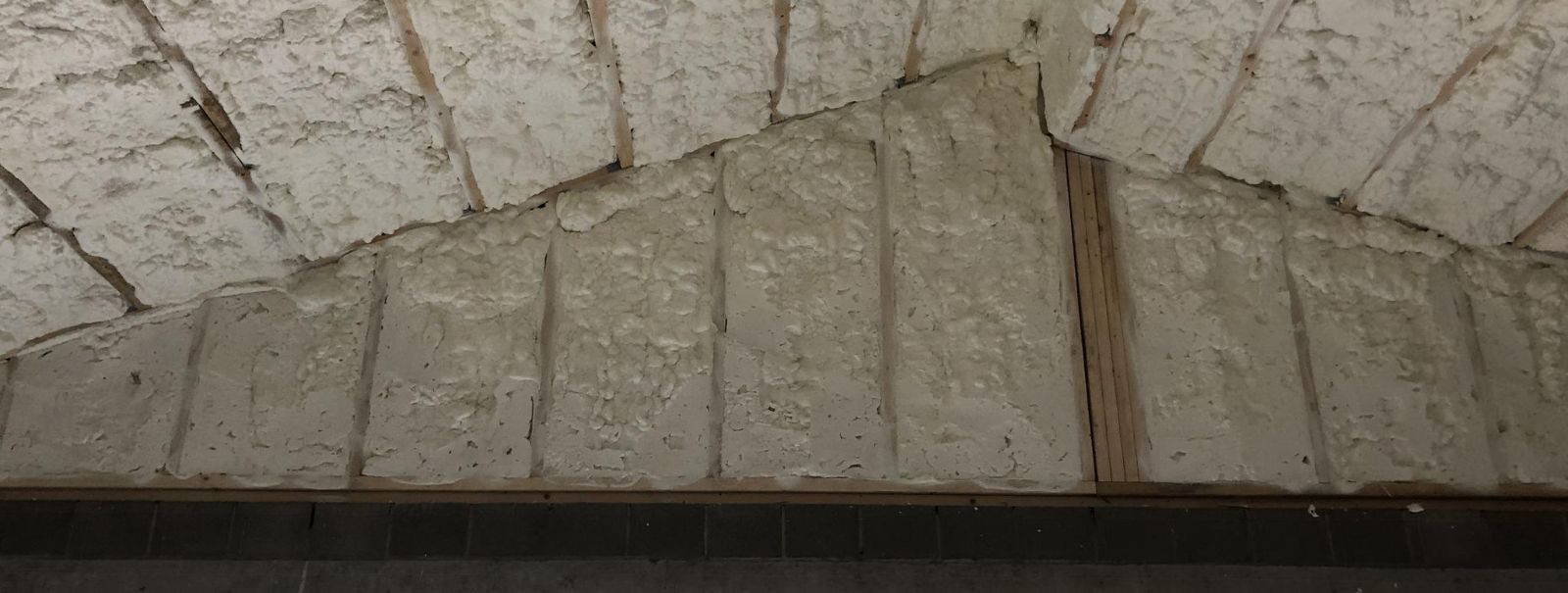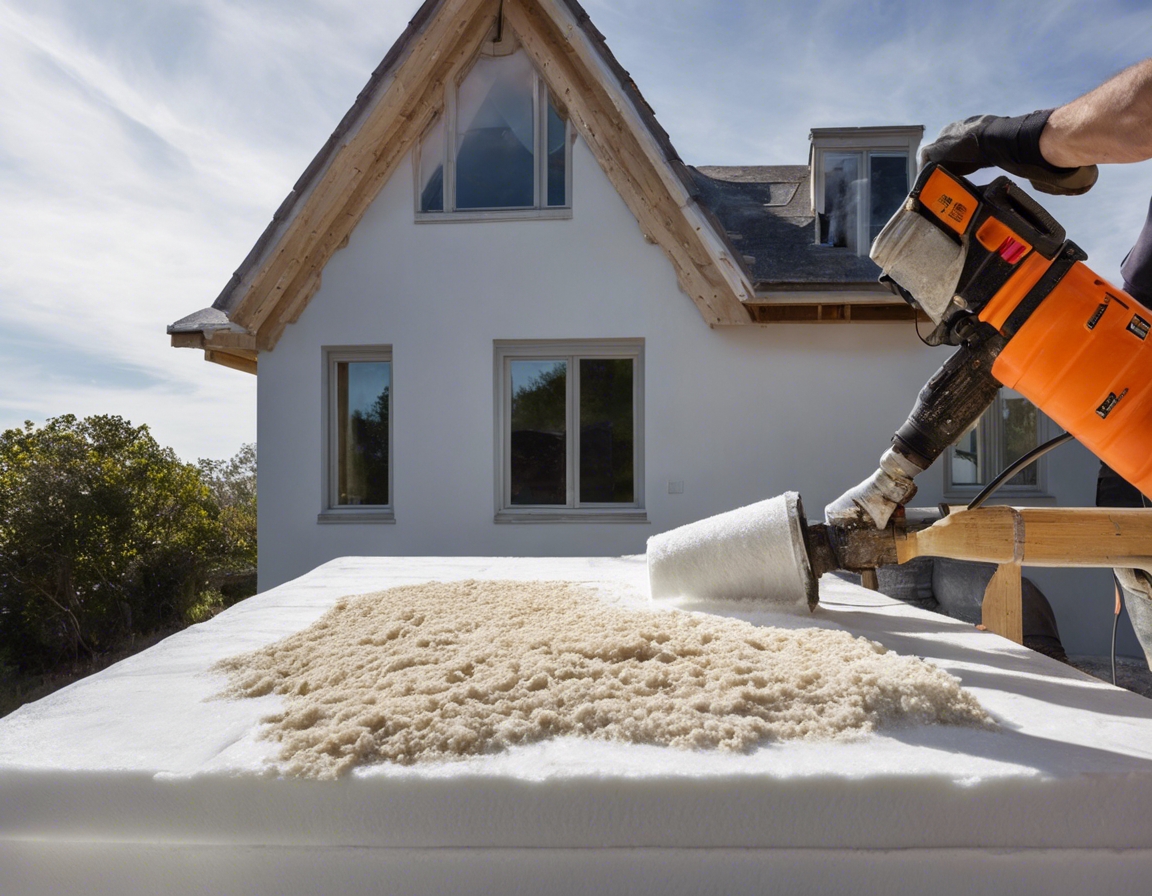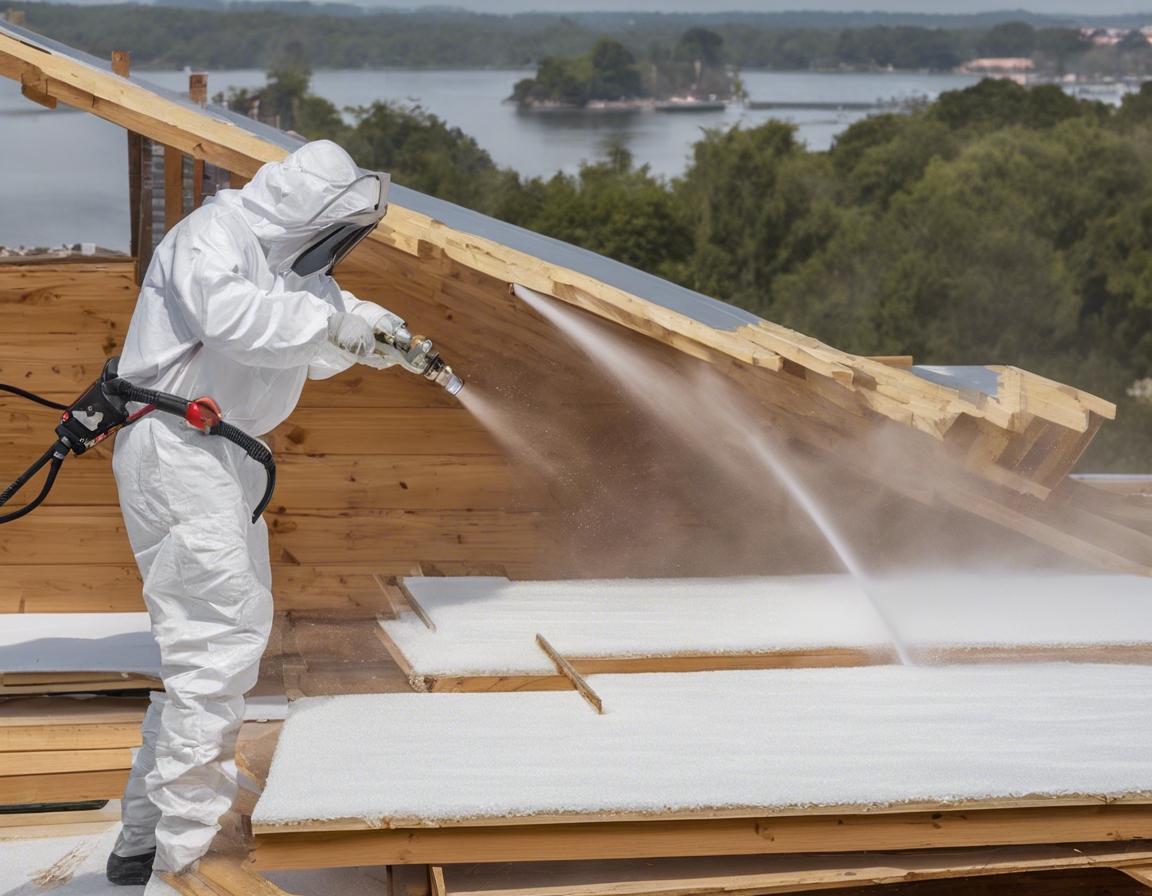How to choose the right insulation for your home
Insulation is a material or combination of materials used to reduce the transfer of heat, sound, or electricity. In the context of a home, insulation primarily refers to thermal insulation, which keeps your living space warm in the winter and cool in the summer.
Proper insulation is essential for maintaining a comfortable indoor climate, reducing energy consumption, and lowering utility bills. It also plays a significant role in minimizing the environmental impact of heating and cooling systems.
Types of Insulation Materials
Fiberglass is a popular insulation material made from fine glass fibers. It's available in batts, rolls, and loose-fill, suitable for various applications.
Cellulose insulation is made from recycled paper products and is treated for fire and pest resistance. It's an eco-friendly option that can be blown into walls and attic spaces.
Foam insulation includes materials like spray foam and rigid foam boards. Spray foam expands to fill cavities, creating an airtight seal, while foam boards are excellent for insulating exterior walls and basements.
Reflective insulation and radiant barriers are designed to reflect heat away from your home. They are particularly effective in hot climates and for attic spaces.
For those seeking sustainable building materials, options like sheep's wool, cotton, and cork offer natural insulation properties with a lower environmental footprint.
Factors to Consider When Choosing Insulation
The R-value measures the material's resistance to heat flow. Higher R-values indicate better insulating properties.
Your geographic location and local climate play a significant role in determining the type and amount of insulation you need.
Consider the environmental impact of the insulation material, including its production, installation, and potential for recycling or disposal.
The area you need to insulate and the ease of installation should influence your choice. Some materials are better suited for tight spaces or irregular framing.
Insulation materials vary in price, and your budget will likely impact your decision. However, investing in higher-quality insulation can lead to greater energy savings over time.
Choose insulation that will maintain its performance over time and withstand the conditions in your home, such as moisture or temperature fluctuations.
Insulation for Different Areas of the Home
Attic insulation is crucial for preventing heat loss. Options include loose-fill, batts, or spray foam, depending on the attic's structure and accessibility.
Wall insulation is essential for soundproofing and thermal regulation. Consider using spray foam or injection foam for existing walls without significant renovations.
Insulating floors and basements can prevent cold floors and reduce moisture issues. Rigid foam boards and spray foam are commonly used in these areas.
Don't overlook areas like crawl spaces, garages, and ductwork, which can also benefit from proper insulation to improve overall energy efficiency.
Professional Installation vs. DIY
For complex projects or when dealing with materials that require special handling, such as spray foam, it's advisable to hire a professional installer.
Some insulation projects, like laying batts in an attic, can be done by homeowners with the right tools and safety precautions.
Whether you choose to DIY or hire a professional, proper installation is key to maximizing the effectiveness of your insulation. Ensure that all gaps are sealed and the insulation is evenly distributed.






Comments (0)